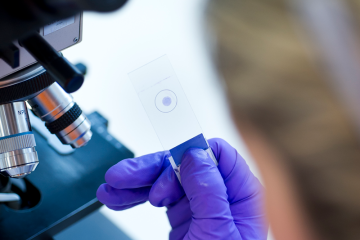Project grant
A high-throughput spheroid fusion platform for the templated-assembly of 3D neuromuscular junctions

At a glance
In progress
Award date
February 2023 - July 2025
Grant amount
£194,745
Principal investigator
Dr Fabrice Gielen
Co-investigator(s)
Institute
University of Exeter
R
- Replacement
Read the abstract
View the grant profile on GtR
